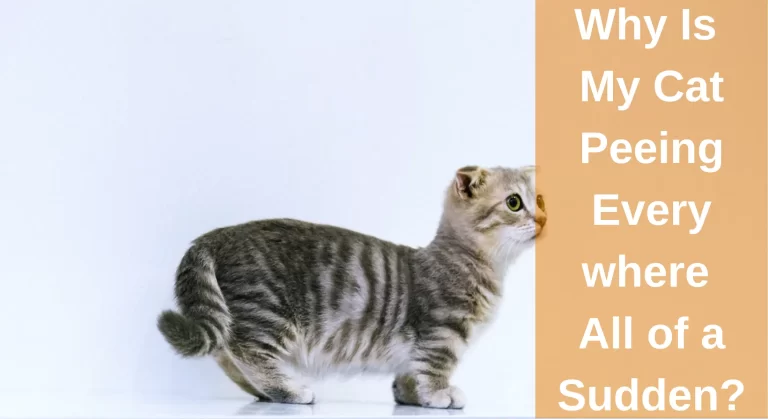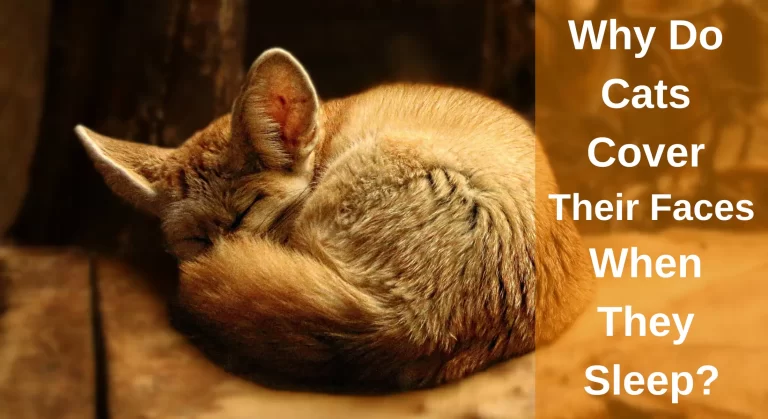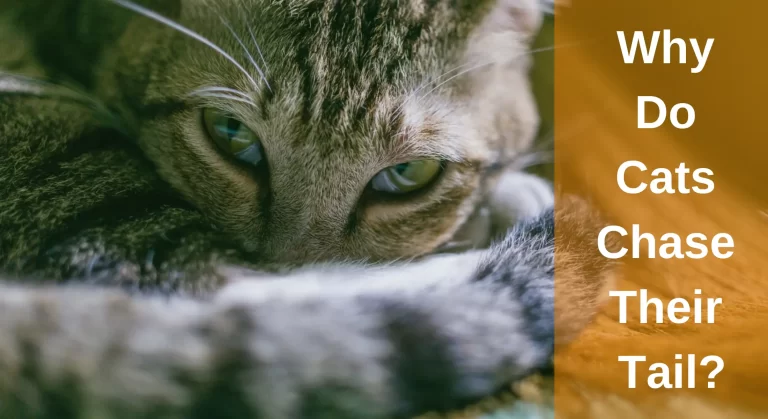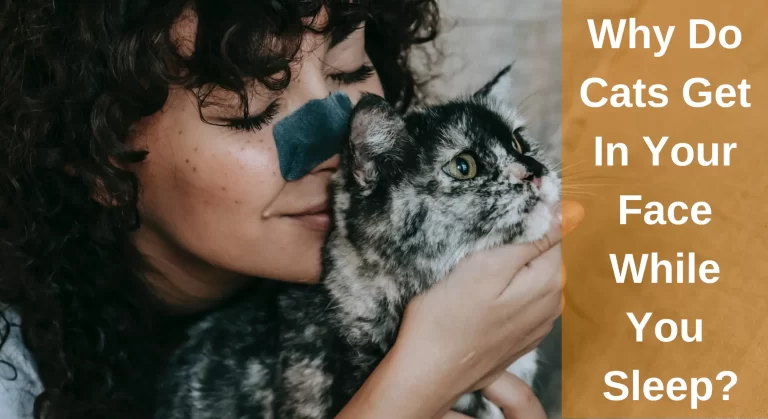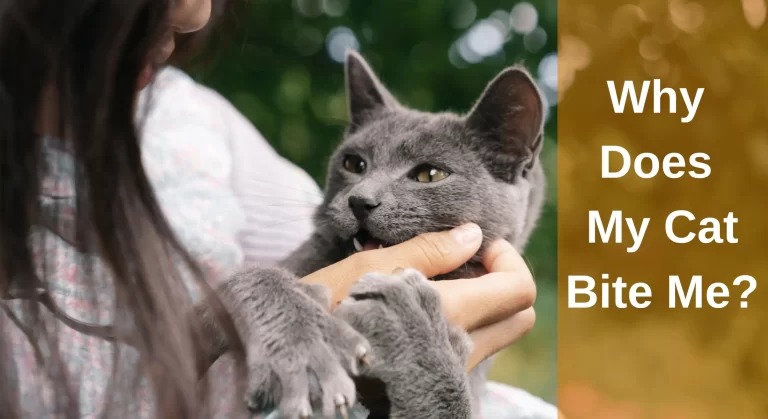What Are Emotionally Traumatized Cat Symptoms -And How To Help?
As guardians of our feline companions, it is our desire that our cats remain joyous and adored at every moment. Nonetheless, sometimes our beloved pets may encounter emotional trauma that could drastically affect their conduct and well-being. Cats may feel mental discomfort if they are in stressful situations. However, even a predator attack, a close call with a car, or cat trauma from a fight might cause long-term discomfort.
Emotional trauma in cats is often caused by experiences that are distressing, overwhelming, or frightful events. Common examples include mistreatment, disregard, abandonment, and sudden changes in the environment.
Emotional Traumatized Cat Symptoms may include changes in behaviour, such as increased aggression or avoidance behaviour, loss of appetite, changes in sleep patterns, and changes in grooming habits.
Trauma could have grave implications on a cat’s mental and physical health, thus cat owners must be mindful of the warning signs and understand how to provide assistance to their furry companions.
This article will delve into the manifestations and indications of cats that have suffered from emotional trauma while also suggesting helpful tips to provide support.
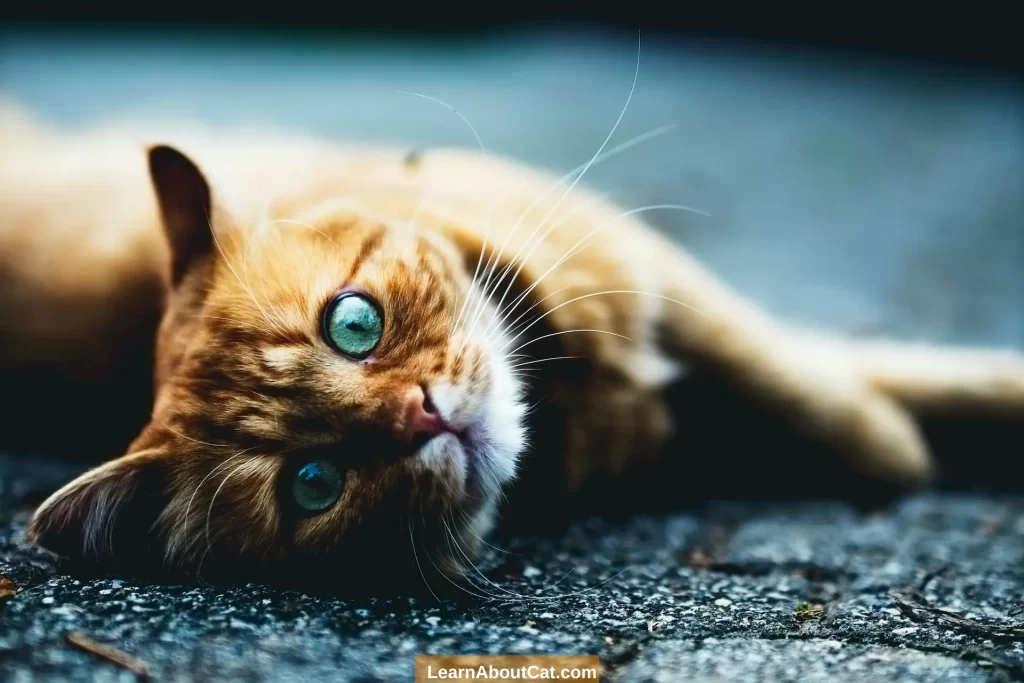
What is Emotional Trauma in Cats?
Emotional trauma is a psychological reaction to a distressing occurrence or situation. For felines, emotional trauma may stem from several experiences, such as maltreatment, neglect, abandonment, unforeseen changes in setting, and separation anxiety. Trauma could potentially leave a lasting imprint on a cat’s behaviour, physical health, and overall well-being.
Why Do Cats Suffer from Emotional Trauma?
Just a few situations that might lead to these rooted emotional issues are listed below:
- Abandoned or surrendered to a shelter
- Abuse or abandonment by the previous owner.
- Being neglected or not receiving proper
- Losing a companion animal or owner
- Thunderstorms and hurricanes.
- Highway traffic accidents.
- Battles between cats and other animals conflict.
- Lack of contact and early exposure to frightening stimuli.
Not all cats that have experienced trauma will exhibit emotional signs. Some cats may emerge completely uninjured and in good health from any of the previous events.
Others may suffer from a variety of mental diseases. Stressful situations increase the risk of cats developing PTSD or anxiety. A cat’s response can only be predicted after the incident.
What Are Emotionally Traumatized Cat Symptoms?
The only method to determine whether your cat has previously suffered trauma is to check for the symptoms and indicators of trauma. It’s important to recognise these symptoms in traumatised cats so you can begin to understand what your cat is going through. The most typical symptoms of emotional stress in cats include the following:
1. Aggressive Behaviour
Cats who have experienced emotional trauma may become more aggressive than usual. This is commonly true when a cat has experienced maltreatment in the past.
In order to defend themselves, many cats who live in hostile environments may attack their assailants. Even if your cat is currently in a safe environment, this aggressive behaviour can still continue.
They may lash out at their owners or other pets in the household. This can include hissing, growling, biting, scratching, or other aggressive behaviours. Aggressive behaviour can be a sign that your cat is experiencing anxiety, stress, or fear.
2. Unexpected Mood Swings
Cats who have experienced emotional trauma may display unexpected mood swings. They may appear happy and content one moment and then become agitated or withdrawn the next. These mood swings can be challenging to predict and manage.
traumatize cats are more prone to clinging, combative, and afraid. However, cats’ sudden transitions between these powerful emotions and other “normal” moods are another sign of emotional stress in cats.
3. Not Using the Litter box
Cats who have experienced emotional trauma may stop using their litter box. Avoiding the litter box is frequently a sign of fear in cats.
Your cat may also start urinating or defecating outside of the litter box, which can be challenging to clean up. Many cat owners are confused why their feline friend seems to forget how to use the litter box all of a sudden.
But it’s likely that stress, anxiety, and PTSD are all at fault. Even if your cat has been using the litter box happily for years, this can still happen.
4. Retreated and More Hiding
Many cats with PTSD prefer to spend a lot of time hiding. Some cats only emerge from their hiding place in quest of water or food. They may retreat to their favourite hiding spots and completely cease communicating with people and withdraw.
Now, stressed-out cats frequently hide or exhibit fearful behaviour. For instance, during a fireworks display, your cat can seem a little anxious. They could wait for the noisy performance to end by hiding under your sofa.
Cats hide because it makes them feel safer. In fact, they are protected from any risks or hazards that may be in their way.
5. Disruptions in Sleep
Cats who have experienced emotional trauma may start to experience disruptions in their sleep patterns.
One of the most prevalent PTSD and cat anxiety symptoms is sleep disruption. Your stressed-out cat is unable to sleep. They may become restless, wake up frequently during the night, or have trouble falling asleep.
They’ll keep thinking about the terrible thing that happened, and their thoughts will be alert. These disruptions can lead to sleep deprivation and further exacerbate emotional trauma. As a result, your cat won’t be able to sleep. They can begin walking back and forth and becoming impatient.
6. Decrease in Appetite
Loss of appetite is among the most prevalent symptoms of stress and illness. This holds true for mental problems brought on by traumatic experiences.
Some cats may also become finicky eaters, refusing to eat their usual food or only eating certain types of food.
This is due to the fight or flight response that a cat with anxiety or post-traumatic stress disorder (PTSD) may exhibit.
They may stop eating or only eat small amounts of food. This behaviour can lead to weight loss, dehydration, and malnutrition.
7. Destructive Behaviours
Their propensity for destructive behaviour is another trait shared by stressed cats. Examples include severe scuffing on your furniture, curtains, or carpet, digging up soil from indoor plants and chewing on non-food items from the home.
8. Unexpected and Excessive Vocalisations
Cats who have experienced emotional trauma may start to start meowing excessively more than usual or make other vocalizations when they are under stress.
Particularly if they meow a lot at night, constant vocalizations for attention, or other abnormal sounds
A loud cat may be bothersome and obnoxious. Fearful cats frequently make yowling, weeping sounds instead of happy, chirpy meows, which exacerbates the disturbance. These vocalizations can be a sign of anxiety, stress, or fear.
9. Excessive Grooming
Some cats may cope with emotional trauma by excessively grooming themselves, leading to hair loss or bald patches and other health problems.
This can also result in skin irritation or infection and can be a sign of an underlying behavioural or medical issue.
10. Your Feline Buddy Becomes More Affectionate
On the other hand, cats who have experienced emotional trauma may become more affectionate towards their owners. Because she needs your assurance more frequently than usual, your cat is becoming more loving.
They are now too attached. They may seek more attention and physical contact as a way to feel secure and safe.
11. Extreme Inclinations to Escape
Cats who have experienced emotional trauma may try to escape from their home or run away. This behaviour can be a sign of fear or anxiety. Your cat may also become more skittish and startle easily.
How to Help an Emotionally Traumatized Cat
There are more universally applicable therapies for cats’ stress, anxiety, and depression. Here is a closer examination of these methods.
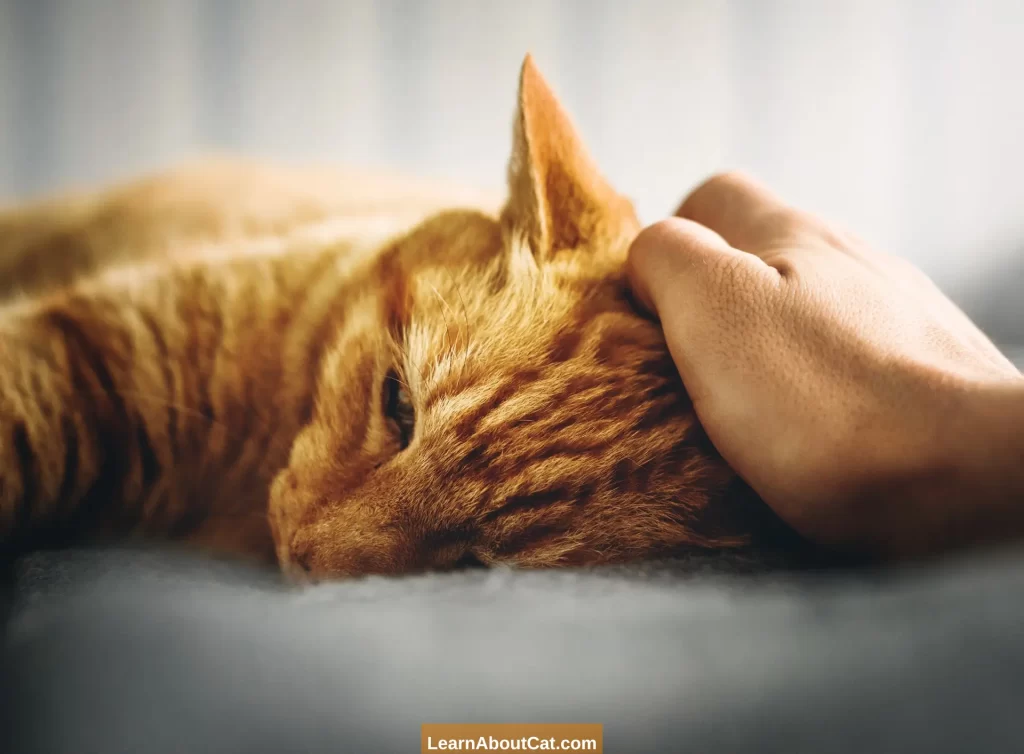
1. Making the Environment Safe
The most important thing you can do for a cat going through emotional trauma is to provide them with a safe place to be. Ensure that your home is a peaceful and calm place for your cat to live in.
Provide a private space for your cat, such as a cosy bed or a small room where they can retreat whenever they feel overwhelmed. Make sure that your cat has access to food and water at all times and that their litter box is clean and easily accessible.
To help them digest the incident and return to their normal, cheerful selves, this peaceful environment must be created.
2. Drugs on Prescription
In some cases, adopting behavioural therapy and creating a secure atmosphere alone is insufficient. In these circumstances, your veterinarian might advise utilising medicine.
This is frequently suggested in conjunction with behavioural therapy and the use of “safe zones” for the best results.
These drugs can help reduce anxiety levels and promote a feeling of calmness in your cat. However, it is important to follow your vet’s instructions carefully, as some drugs can have side effects and may interact with other medications.
3. Provide Mental Stimulation
Cats need a lot of mentally challenging objects in their safe haven to keep them occupied. Puzzles, interactive toys, and games that require problem-solving skills can all help stimulate your cat’s mind and reduce their anxiety. You can also try introducing new toys or games to your cat’s routine to keep them mentally engaged.
One great option is food puzzles, which require cats to use their problem-solving skills to access their food. These puzzles can help stimulate your cat’s mind and provide a fun and engaging way for them to enjoy their meals.
You can create a safe outdoor space for them to explore or provide them with a variety of textures and surfaces to scratch and climb on.
4. Utilising Pheromones
Pheromone treatment can be an effective way to reduce stress and promote relaxation in cats. Pheromones are natural chemical signals that cats use to communicate with each other, and they can have a calming effect on anxious or stressed cats.
You can purchase pheromone sprays, diffusers, and collars to help create a calming atmosphere in your home.
One way to provide pheromone treatment is through the use of pheromone collars. These collars release calming pheromones that can help reduce anxiety and promote relaxation in cats. Because cats have a strong affinity for scent, they will carry this calming scent with them wherever they go.
Pheromone collars are easy to use and can provide long-lasting benefits for cats. They are especially useful for cats that experience stress in specific situations, such as travelling or going to the vet
5. Hiding Locations
Cats need a hiding place to feel secure. This is because cats sometimes utilise these hiding areas to quickly unwind when they’re anxious.
When there aren’t any places to hide, cats become more agitated. As a result, hiding spots are essential.
They may hide in shoeboxes, cardboard boxes, cat homes you can buy at the shop, or even a bookshelf that your cats can climb.
6. Desensitisation and Counterconditioning
Particularly, behavioural therapists typically recommend two methods. This needs to be carried out with caution and in a secure setting.
Desensitisation and counterconditioning involve exposing your cat to the source of their anxiety in a controlled and safe manner. By gradually increasing their exposure to the trigger, your cat can learn to associate it with positive experiences instead of fear or anxiety.
The amount of exposure to the stimuli can be raised progressively over time. Your cat will gradually lose its fear of the stimuli as it realises there are no negative repercussions to it.
This process can take time and requires patience and consistency, but it can be an effective way to help reduce your cat’s anxiety levels over time.
6. Socialization
Socializing your cat from an early age can help them develop healthy relationships with other animals and people. This can help reduce their anxiety levels and prevent emotional trauma.
7. Be Patient and Understanding
Emotionally traumatized cats need patience and understanding from their owners they may take a long time to trust people again. Don’t force interaction or punish your cat for its behaviour.
Instead, allow them to approach you on their own terms, and reward them for positive behaviour with treats and praise.
Avoid forcing interactions or handling your cat roughly, as this could make their anxiety worse.
8. Use Positive Reinforcement
Positive reinforcement is a powerful tool for helping traumatized cats. Reward your cat for positive behaviour with treats and praise, and avoid punishing them for negative behaviour. This will help build trust and encourage positive behaviour.
10. Seek Professional Help
If you think your cat could be stressed, it’s also essential that you get professional advice from a knowledgeable cat behaviourist.
They can provide valuable insight and guidance on how to help your cat overcome their trauma.
How to Relieve Stress from Pets?
To reduce cats’ anxiety and aid in their better adaptation, we may do a number of things:
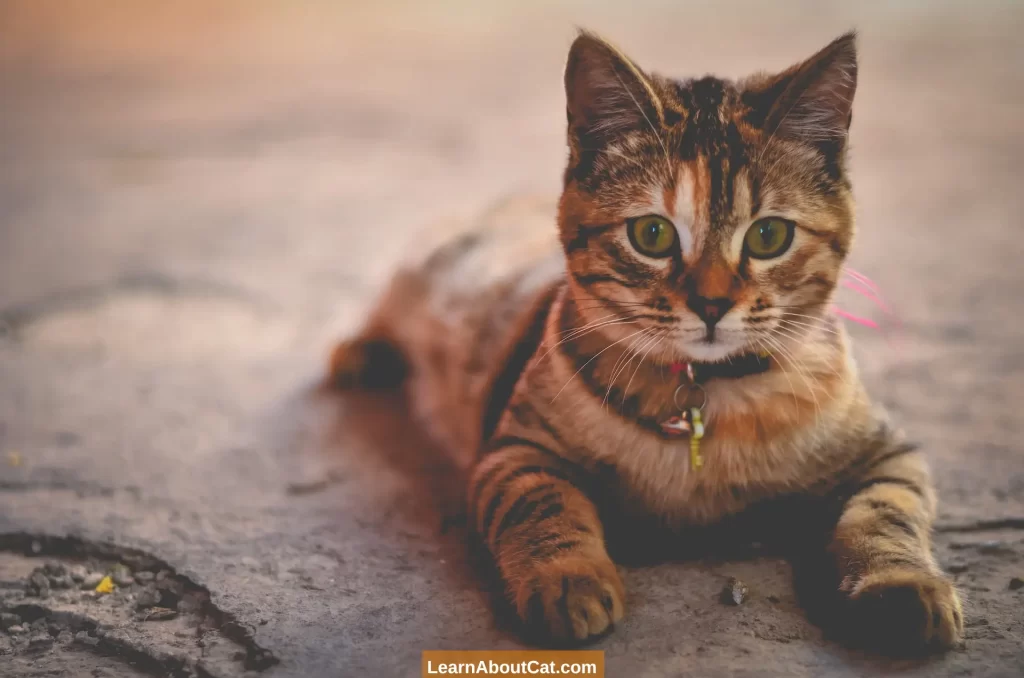
- Offer Consistency and Routine: Consistency and routine are important for cats, especially those who have experienced trauma. Maintain a regular schedule for mealtimes, playtimes, and interactions with them whenever you can. , and avoid sudden changes to their environment.
- Give them access to a dedicated quiet area. You should also allow your cat to choose when to interact with you. Give your cat plenty of room and alone time. If your cat is nodding off, unwinding, or otherwise appears to be satisfied doing their own thing, resist the urge to disturb them or attempt to grab their attention.
- Create a stimulating environment both indoors and outside. Provide your cat with a number of places to hide and climb so they may feel protected. Put the water and food bowls, litter boxes, and other supplies in quieter areas of the house.
- Provide toys, climbing structures, food puzzles, and cat-friendly plants to keep your cat engaged mentally and physically e.g,.catnip.
Frequently Asked Questions
How does emotional trauma affect cats?
Emotional trauma can have a significant impact on a cat’s overall health and well-being. Cats with emotional trauma may develop long-term behavioural issues, such as aggression, anxiety, and depression.
They may also exhibit physical symptoms, such as weight loss, decreased appetite, and changes in grooming habits. The long-term effects of emotional trauma can be detrimental to a cat’s quality of life.
How long does it take for an emotionally traumatized cat to recover?
The recovery time for an emotionally traumatized cat can vary depending on the severity of the trauma and the cat’s individual personality and temperament.
Can a change in diet help an emotionally traumatized cat?
A change in diet alone is unlikely to help an emotionally traumatized cat. However, a healthy diet can support overall well-being and may be beneficial in conjunction with other treatment techniques.
Can emotional trauma in cats be treated?
Emotional trauma in cats can be treated with the right support and care. Providing a safe space, being patient and understanding, offering consistency and routine, using positive reinforcement, and seeking professional help when necessary can all help cats overcome their trauma.
What are the signs of fear in cats?
When they are startled, some cats may hide, try to seem smaller, pull their ears down, and become immobile. Other cats might act angry or aggressively, as seen by their arched backs, dilated pupils, and piloerection.
Wrap Up!
Emotional trauma can have serious consequences for cats, but with the right support and care, they can recover and lead happy, healthy lives. It’s important for cat owners to be aware of the symptoms of emotional trauma and know how to help their pets.
By providing a safe space, being patient and understanding, offering consistency and routine, using positive reinforcement, and seeking professional help when necessary, cat owners can help their pets overcome their trauma and thrive.
Related Posts:
Who is Isabella?
My name is Isabella, and I am a dedicated and knowledgeable cat enthusiast. With years of experience caring for cats and a deep love for felines, I made a mission to help other cat lovers navigate the challenges of cat ownership.

